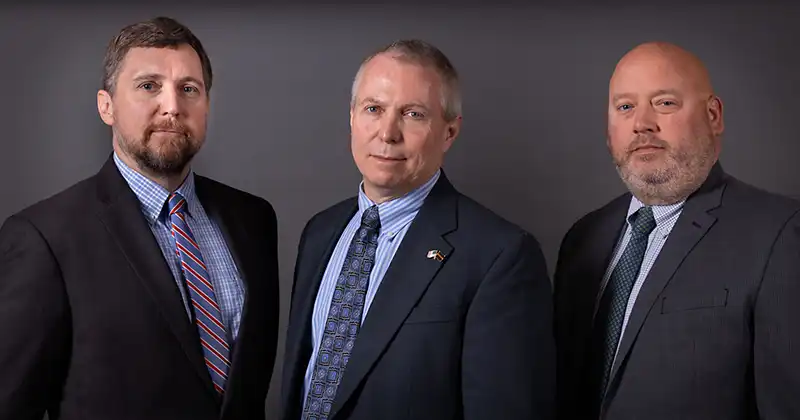Imagine you’re the coach of a football team. The problem is you only have 11 players on your entire team. Now, technically, you can field your team, but every player will have to play every down on offense, defense, and special teams. Would you say you have a full roster? (By comparison, NFL teams have an active roster of over 40 players.)
In insurance cases we often hear drivers say that they have “full coverage.” What is full coverage? In reality, this notion of full coverage is one of the biggest sources of confusion for consumers of auto insurance. When we hear “full coverage” it often turns out to be the bare minimum required by state law to keep a driver legal. In truth, there probably is no such thing as full coverage: Think about a situation in which, God forbid, you suffer a severe back injury as a result of an auto collision caused by a driver without any insurance. The injury requires expensive surgery. You would require an extended period of very expensive medical care, and your family would be without your income for months. Such an event could easily cost $100,000.00 or more in medical bills and lost income alone. Does your insurance policy cover that type of event? What if you were paralyzed? To get you and your family closer to “full” coverage, it is important to look at both the types of coverages you have and the amounts of those coverages.
You are already paying a lot of hard-earned dollars to your insurance company every time you pay your premium. It is well worth it to make sure those dollars are working for you.
Below is a list of the most important coverages you should have to protect you and your family – and many of them are very affordable:
1. Liability Coverage:
This is the coverage required by state law and the only risk it covers is if you cause injury to someone else. The state only requires Ohio drivers to be insured for $12,500.00 (an amount that has not changed in almost 40 years). $12,500.00 will only cover the most basic of medical care. To reverse the example above, if, you were to cause a motor vehicle accident in which someone else was paralyzed, your insurance company would only cover $12,500.00, and that severely injured person would be looking to your personal assets for the remainder. While there is no formula for determining the right amount of coverage for you, policy limits of $50,000.00 or $100,000.00 are often very affordable. You should discuss your specific situation with your insurance agent.
2. Uninsured/Underinsured Motorist Coverage:
In most accidents, this is the coverage that actually “insures” that you and your loved ones will be compensated. If someone else causes the accident and they’re insured, their insurance will cover the loss, but all too often the responsible driver is either uninsured (in which case your uninsured coverage is triggered), or has a policy that is too small to cover the loss (in which case your underinsured motorist coverage may be triggered). Ohio state law does not require that this coverage even be offered any more. Therefore, it’s very important that you verify with your insurance agent that you have as much uninsured/underinsured motorist coverage as you and your family can afford.
3. Medical Payments Coverage:
“Med-pay” coverage can step in and begin paying your medical bills even before you’re fully recovered. As such it can help begin easing the financial impact of an accident before you’re ready to settle. This coverage has always been very important to those without health insurance; now it is equally important for individuals with health insurance. This is because in the last few years, health insurance plans have changed their policies so that medical bills related to an accident are to be paid first through auto insurance, and health insurance will not pay until auto insurance is exhausted. Many folks are not aware that this change has occurred and assume that their health insurance will pay. What is actually going on behind the scenes is a three-way argument among the medical provider, the health insurer, and the auto insurer. This fight is usually not resolved quickly. As a result, a person who has been injured in a car accident can actually suffer injury to their credit as well while the insurance companies point fingers and the bills begin to age.
Please call your insurance agent to discuss these coverage’s. Oftentimes, the amount of uninsured/underinsured motorist coverage, as well as the amount of medical payments coverage, can be dramatically increased on your policy without significantly increasing your premiums. Make sure those premiums dollars are working for you.

